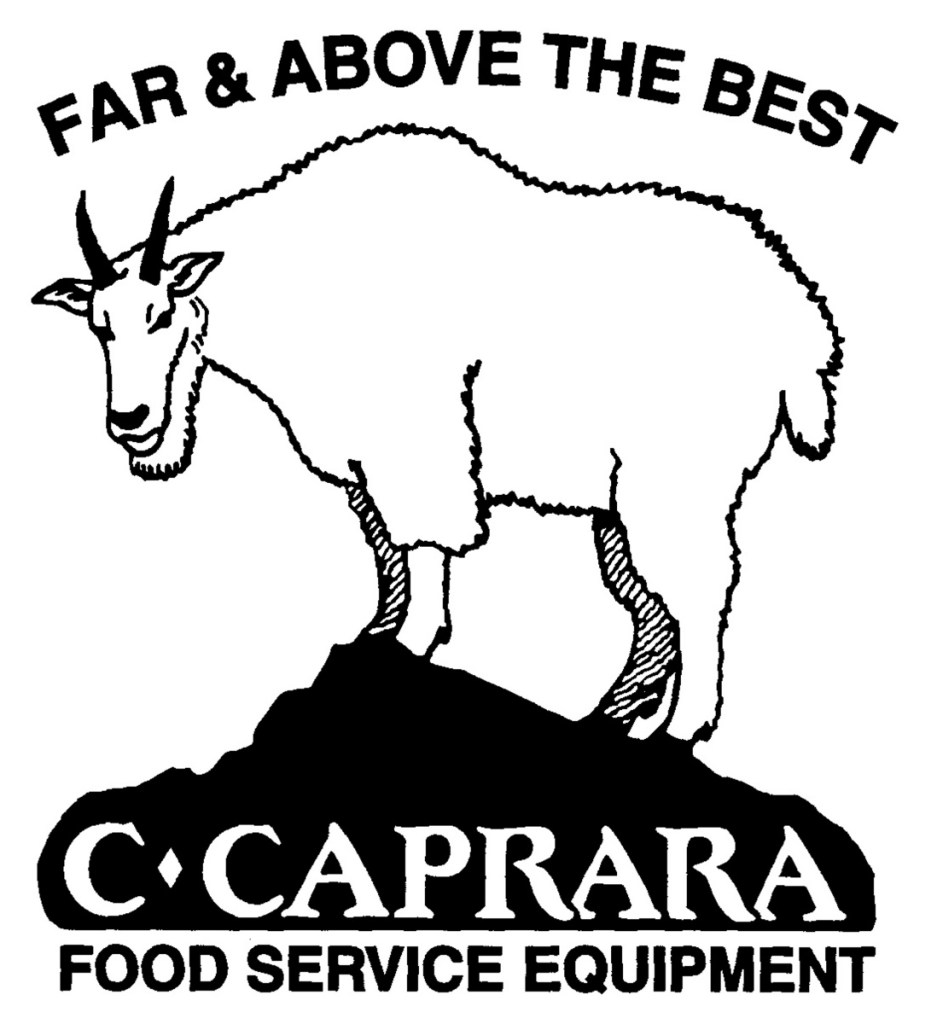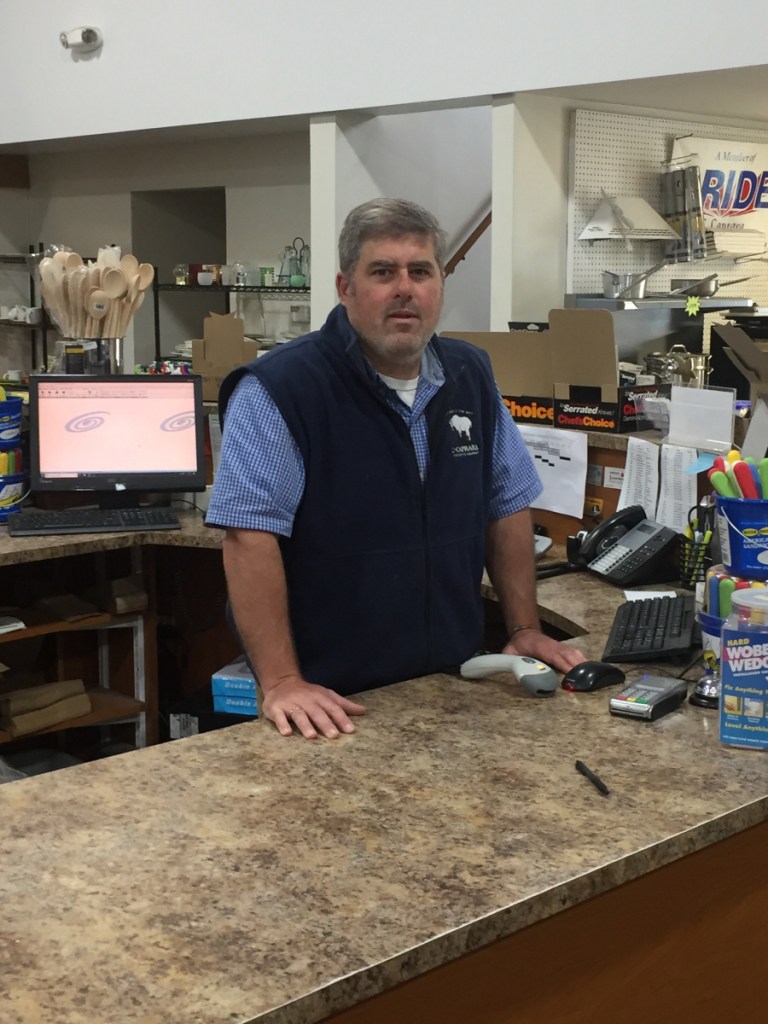Name: Carl Caprara
Age: 51
Title: President
Company: C. Caprara Food Service Equipment, Winthrop
About: A Maine-based commercial food service equipment dealer serving New England and beyond.
Website: www.caprara.com
What’s your biggest challenge right now?
Basically, making money at what we do. We can sell a lot of product, but we don’t make as much money as we used to. Due to the competition of the internet, it makes it difficult to make a decent margin. We have to sell twice as much as we used to make the same amount of money.
We have become much more of an a la carte operation. By that I mean if you order a range, there’s the cost for that, then an added cost to deliver it. If you want us to remove the old one, it’s a cost.
We break it down so everything is very transparent. If you want the white-glove treatment, it’s at a cost.
What’s the best advice anyone has given you?
It’s from my dad (Victor Caprara, who founded the business with his wife Carol), it’s two things.
One: Don’t worry about the dollars, worry about the pennies when it comes to spending for the business.
And two: The golden rule — treat everyone as you want to be treated, and that goes for our customers and our employees.
How do you foster creativity in your employees?
We constantly have obstacles in this business, whether it’s delayed delivery or something not working.
We take a deep breath, then we do what we can to respond quickly.
Dwell time is a killer.
Communication is key in the business and with customers. Lack of communication drives people nuts. If they get the news in a timely manner they can adjust and plan, rather than wonder what’s going on, whether it’s good, bad or indifferent.
What’s your biggest fear or concern right now?
How quickly things change in our industry. Five or six years ago, trends would change over the course of a year, like what kind of refrigeration we would buy.
Now we need to adjust and recreate what we do every six months and even more. It’s hard to stay up with that. For instance, with refrigeration, we were selling American-made refrigeration for years and years. Then Chinese refrigeration started flooding the market. We still had a lot of American refrigeration, and we found we were not able to sell it. The Chinese equipment was coming in at a low cost, but our competitors were selling it. Now we have to; the customers are demanding it.
It used to be they wanted something with a good life span, but now, they need it now at the least cost. There is less concern over the longevity of the equipment. When they have to decide if they will pay twice as much for something that lasts long or half as much for something that will through the summer, the busy season — they are not looking that far out in the future as much.
What will your business look like in five years?
In five years, hopefully we’ll be doing what we’re doing now. We have outside sales calling on customers directly, but we have a lot of millenials who don’t have a need to speak to people. With the computer, phone and social media, they are more comfortable buying that way. They go to a device or a friend for information. We are promoting the web and social media, which will be the key for the future.
The other big thing is having the stock and being prepared to deliver it instantly. We used to have some time to do that. Now, if you can’t deliver in a day or two, you lose the customer.
Having it on hand is the key.
Tariffs are not something we have dealt with, but we will.
(In April, the Office of the United States Trade Representative has issued its first list of products imported from China that are now subject to additional tariffs. It includes compressors used in refrigerating equipment as well as machinery parts for machinery used in the industrial production of food and drink.)
We deal with a company that has imported Chinese made equipment. As a redistributer, we will be buying from them. It will be an added cost.
American-made is a double-edged sword. The equipment is American-made, but parts and components do come from overseas.
It’s a real difficult situation. We don’t deal with the foreign companies directly. But the costs are included in our costs, so it will make a difference.
But if (the cost) changes for everyone, it’s an even playing field.
Send questions/comments to the editors.




Success. Please wait for the page to reload. If the page does not reload within 5 seconds, please refresh the page.
Enter your email and password to access comments.
Hi, to comment on stories you must . This profile is in addition to your subscription and website login.
Already have a commenting profile? .
Invalid username/password.
Please check your email to confirm and complete your registration.
Only subscribers are eligible to post comments. Please subscribe or login first for digital access. Here’s why.
Use the form below to reset your password. When you've submitted your account email, we will send an email with a reset code.